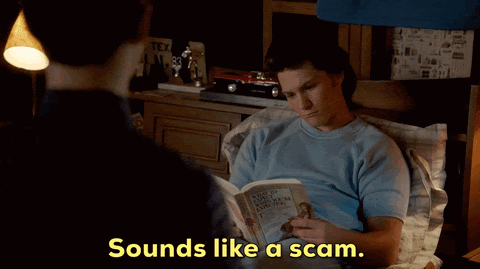
TL;DR
-
Ethereum users can now ‘restake’ their existing staked ETH, earning twice the yield on the same deposit.
-
On one hand, it’s super exciting! On the other, the promise of returns with no money down does feel a little “2008-ish.”
Full Story
Alright, bear with us as we get through this word salad…
You can now ‘restake’ your Ethereum, through protocols like EigenLayer, which take your staked ETH and use it to secure a range of other protocols, projects and dApps.
Say it with us now: “what the hell does that mean??”
Righto, here goes nothing…
Imagine you give your bank a down payment → take out a mortgage → buy a home → then turn around and you say to your bank:
“I’m going to take out another mortgage and buy another house, but you’re not getting any more of my money – I’m going to use the same deposit from before.”
Obviously, the loan manager would be more likely to kick you in the throat than accept such a deal…but in crypto, specifically on the Ethereum network, this kind of double lending is now doable.
The process goes something like this:
You lock up (aka stake) your Ethereum with a transaction validator, who earns money by validating Ethereum transactions and collecting the fees (giving you a cut of the profits along the way).
If the validator processes fraudulent transactions, they lose their staked Ethereum (along with yours).
Long story longer: this staked Ethereum keeps folks honest, and gives everyone involved a clear monetary incentive to behave.
(Much like a mortgage deposit that essentially promises “I’ll make my repayments, or you can keep my money”).
Now, here’s where ‘restaking’ comes in: there’s a crafty new tool that allows Ethereum users to risk their staked ETH with more than one validator.
The deal being: you can earn more rewards, but you’ll increase your risk of losing it all.
At its core, restaking is a way for Ethereum to ‘lend out’ its security to new applications in the network (incentivizing overall growth).
On one hand, it’s super exciting! On the other, the promise of returns with no money down does feel a little “2008-ish.”
(We definitely need to do more research on it).



